Introduction
The choice of a suitable machine can make the decision difficult. It also requires a certain number of cores and threads to be an absolute monster when analyzing images. Rendering is generally performed using GPUs or CPUs, resulting in rendering. It must be remembered that both procedures will have completely different purposes. The following articles cover a broad spectrum of workstation technologies, from GPU to CPU. Continue on this page to learn about computer programs that suit your needs.
We run five 3D models based on desktop computer models available for download. It was updated: on 8 December 2018 at 5 am. 3D modeling is an application for building and evaluating virtual 3D models for an actual physical object. This technique is used in numerous industry sectors, so today, most popular movies are not available in 3D. This technology is used in many scientific studies to help lead to discoveries. If you're interested in 3D models, it may be one of the most challenging jobs a computer will face.
The table contained contents. 3D modeling and rendering are two distinct tasks you can't do using a computer, and almost all of these computers use different hardware parts. Please use the following links for quick and easy answers and a brief overview of my recommendations.
The Z690 chipset provides up to 28 extra PCI layers and supports 16 PCI Express. So the SATA drive or SSD can be used with the SATA NVME device. Please remember that a DMI connection with the PCL can only provide four lanes of data storage which has a total of four GB.
This can pose problems for the system, especially if the SSD is capable of processing data at speeds of up to 2GB/s and continuously transfers enormous volumes of data from an NVM SSD to an additional SSD via an external hard drive. While sequential reads/writes are sometimes feasible, the user can still read and write sequentially on large file sizes.
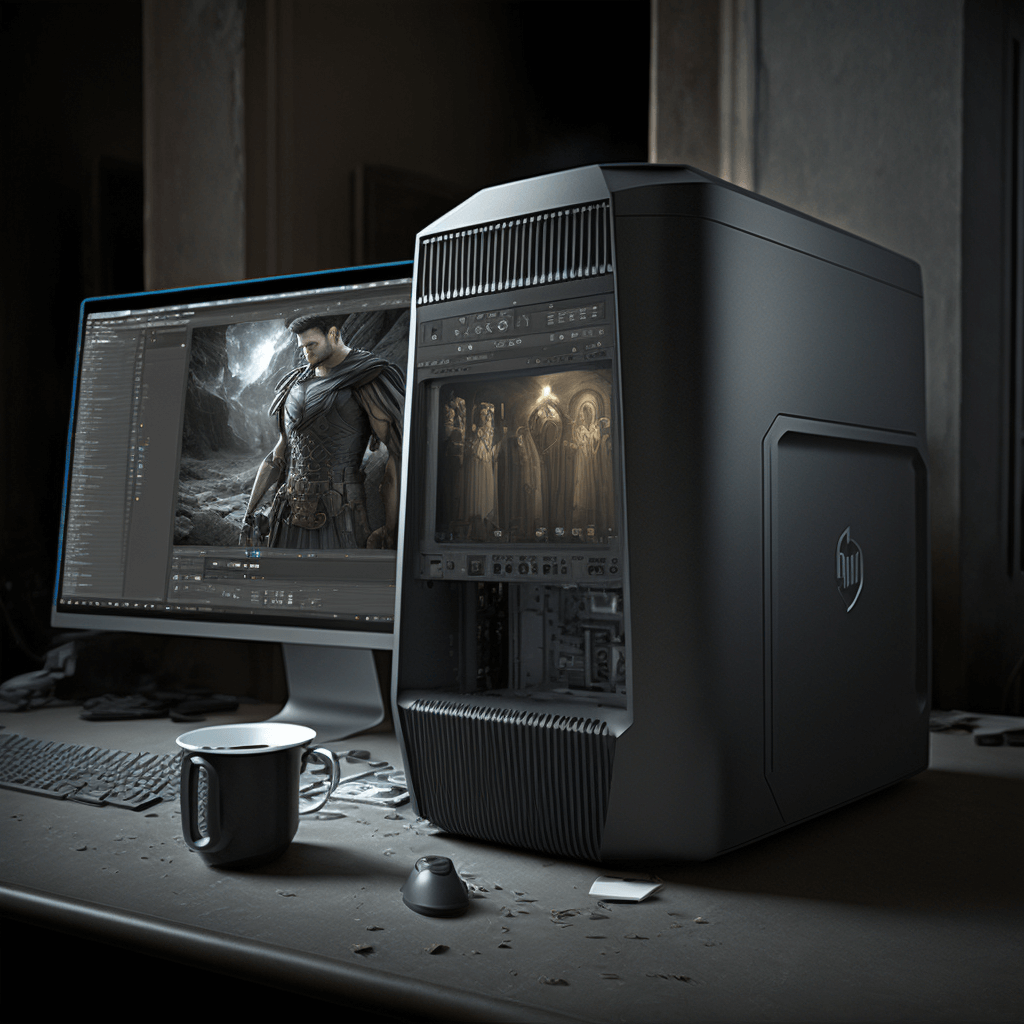
Best computer for 3D modeling and rendering. AMD. Budget: $4000
Performance: Good. While the 4000 AMD builds only feature small performance activities such as animating or 3D modeling, this architecture can produce incredibly high rendering performance on CPU systems. As the build primarily focused on a GPU rendering component, there must also be the consideration that other parts, such as the graphics card and storage, are more economically available than a Threadripper processor with 64-core CPUs. You have 64GB RAM and can also use it for the entire scene, but you can downgrade to 32GB for a better cost. BIZON x5000 - AMDRYZEN 3990X 3D rendering work machine PCs. 64 Cores -
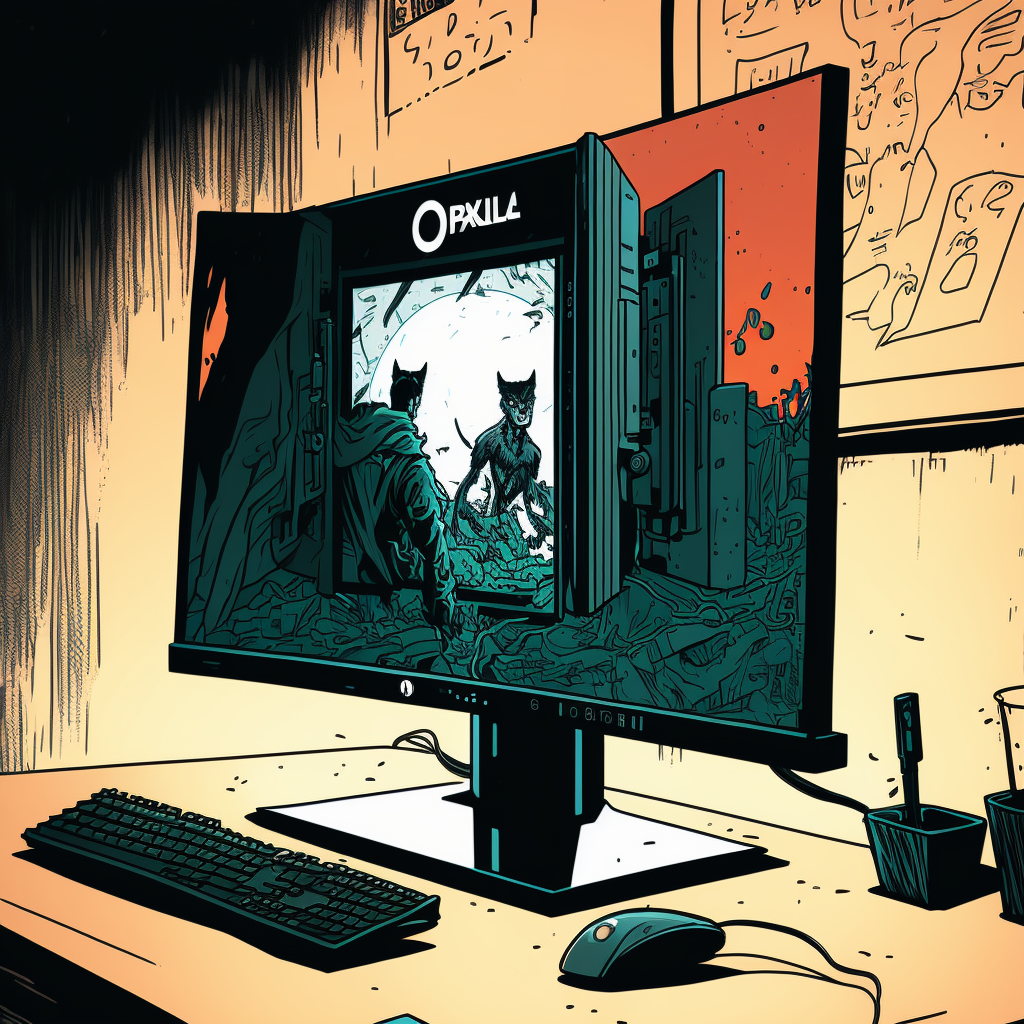
Best monitor
When calculating and rendering 3D models, you need to use an IPS display rather than the TNT screen. The IPS panel has more colors and higher contrast. You will also require a monitor with no lights to watch it—minimum 1920x1080 HD. Most design engineers use multiple monitors, giving them plenty of space in their work areas. Top Display: Dell 254 UHD Monitor. $750.00.

Best RAM
All modern computers utilize DDR4 memory. While 3D designs typically require a lot of data, we recommend a maximum of 32GB of ROM in the event of a professional 2D design. As long as the device has sufficient memory, it can run faster. When running many applications, you will require a lot more storage. Best RAM: Corsair Vengeance RGB PRO 32Ghz (2x16 Ghz) DDR4 ($652.56)

Best Graphics Card
Unlike other graphics tasks, rendering requires stout graphics cards because GPU rendering is much more efficient. Choose NVIDIA CUDA graphics cards. CUDA (available on cards from NVIDIA) offers better performance than OpenCL, able to use virtually every graphics card, but not as good as CUDA. The Best Graphic Card: NVIDIA Quad-Core RX4000 ($1399.99).

Best GPUs
GPU-based rendering will soon be replaced by GPU graphics rendering. NVIDIA GPU have many advantages. They provide excellent rendering execution because it is often more efficient under different workloads, so it is not likely to cause problems or compatibility issues. A top GPU for 3D models is the NVIDIA RTK 2060 ($1999).

Best storage
The computer software that renders or creates graphics does not require substantial storage resources. An HDD will make storing high-resolution data a handy feature on desktop computers. SSD storage is an essential component of 3D modeling tools, and it speeds up everything and improves productivity—best memory: Samsung 1060 Pro (311.00).

Best CPUs
A quicker CPU can always have more performance, which is no guarantee. The best CPUs to use in the build are the Intel i710900K ($379.99) or AMD Ryzen 9550x ($734.99).
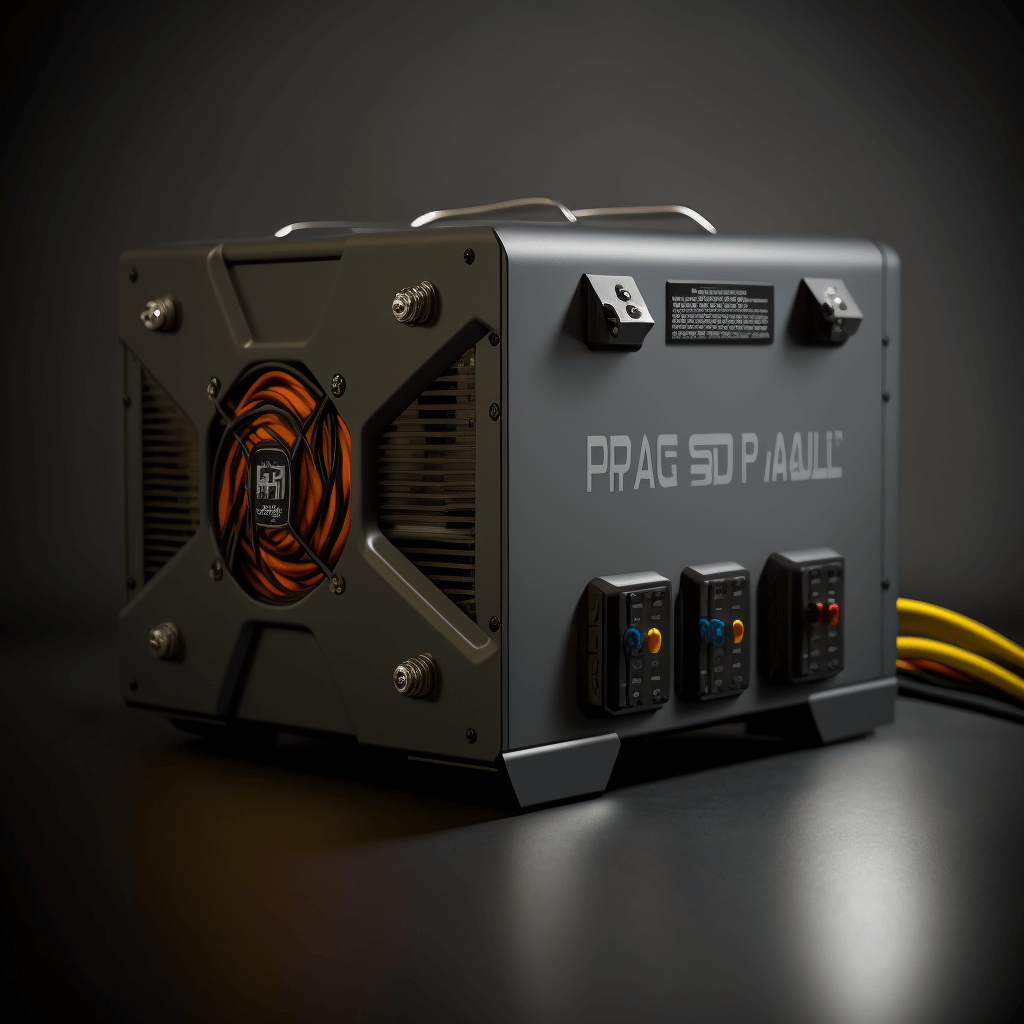
Best PSU
A power outlet unit (PSU) is required to provide sufficient power. It would help if you usually had 400-50W per standard GPU and 250W for each GPU. Best PSU: Corsair RM550 X ($12979)
Best Cooling Unit
The best Cooling Unit for your home has lots of options. Cooler MasterLip 120r RGB ($100.99) The best portable cooler System Specifications:
How We Test
To consider products the best in any category, they must undergo a thorough examination, benchmark, and, most importantly, stress tests. We do not use words like "best" lightly and are pretty selective.
We'll ensure your money stays in the bank for your next purchase. Our tests start before the product can even reach its intended users. Our team searches the internet to find information on benchmarking or user feedback. We consider factors such as whether it is a PC or an application that carries a PC. Purchase a new computer will help you avoid costly repairs and save you time.

Choose the storage for 3D modeling and rendering.
Always consider speed when picking a suitable 3D storage system. Remember that storage speed is essential in loading and saving your scenes and loading and maintaining your assets, textures, or references. They also provide seamless swaps between memory and disk and installation of your software.
Choosing a high-end computer will often give an auto-save option for your scene storage. Unlike an ordinary hard disk, a lightning-quick memory drive doesn't help with performance once the scenes have been deposited in the RAM.

What is 3D modeling?
Dissimilar to rendering, 3D modeling involves active working processes that produce an object's representation in three dimensions using the software. In most cases, terms of 3D modeling are done by an integrated CPU core and interactions with 3D software programs.
The most popular 3D modeling methods are polygonal, curve, and digital modeling techniques. Dissimilar to GPU rendering, 3DS can only discharge specific processes into another core's core, and it's essential to have many substances that don't interfere with modeling.
Best computer for 3D modeling and rendering. Intel. Budget: $3000
Performances: Excellent. Like the AMD architecture, the Intel build is composed of soft minimal, and yet professional case materials. Nevertheless, utilizing CPUs such as Intel 9-12900 K is vital for maximum efficiency and single-core computing performance. So you can achieve optimal speeds on Active and Viewport computers.
For applications requiring extreme overclocking, it should be considered a cooling solution like an AIO processor to avoid damage from faulty components. BIZRON VO3000: 16-core overclocked rendering workstation computer.
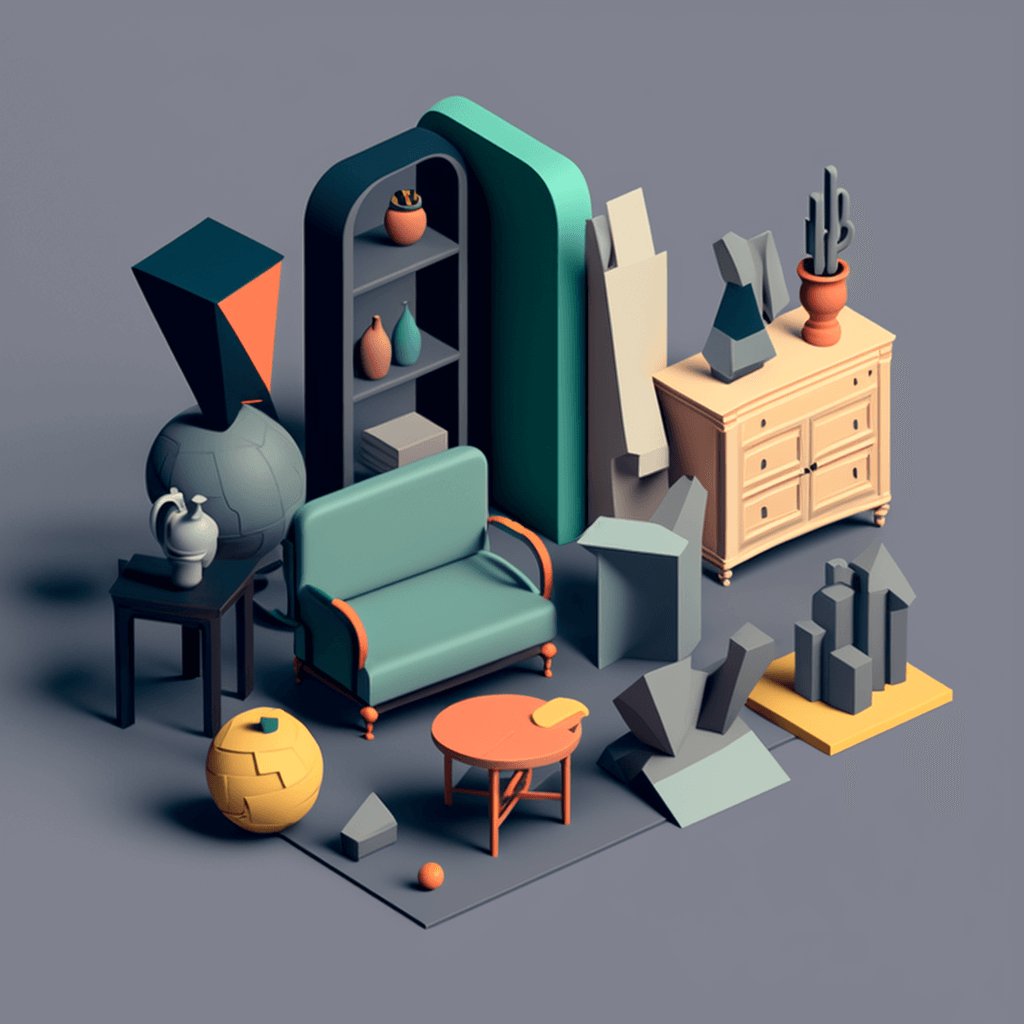
What is CPU rendering?
CPU rendering usually means that the computer produces images using the software. The rendering process depends mainly on its underlying hardware. Typically, it uses a CPU core for coding videos and rendering 3D animations.
The CPU core determines the performance in generating, i.e., if the core is clock-rated. During the CPU rendering process, the renderer engine will create an appropriate container for each processor core within each processor core. Each body renders its container, getting a new container when it causes the old one again.
GPU rendering is probably the most significant advantage because it allows graphics rendering. A single GPU renderer can outperform ten computers with its large processing capacity.
GPU rendering offers various features based on user requirements, and the user can quickly update a system. This also allows GPU artists to produce high-end graphics with no CPU rendering overhead. The most significant difference between graphics cards and CPU GPUs is that they will enable the ability to make a quick change without consuming much CPU power.
Almost all CPU cores are used in the rendering process. You've found the best processors if you're using this computer to create 3D render animation or encoding videos. They should have as many cores as possible, even when the core clock is low.
Benchmark "Geekbench" displays how CPUs progressively worsen when their core count increases or vice-versa. The rendering engine assigns a "bucket" for every core within your CPU. Whenever the core renders its bucket, the next one is created after causing the earlier one.

Best graphics card for 3D modeling and rendering
It's no secret that graphics processing engines such as V-RAYRT, Cycle, and Octane have become more widely adopted. This is why choosing the right card to render images accurately is critical. High-end graphics cards are easily recognized, and the processor uses a high-level memory capacity and high-speed processors. Interestingly, the GPU doesn't use the CPU in graphics operations. An excellent graphic processor's frame rates are among the essential features. Frame rate measures how many times a card is completed per minute.

The more cores and the higher the clock speed, the better, right?
I find the CPUs very powerful and the clock speed high. So we'd be able to build fast and render fast, ok? Unfortunately, due to energy and the thermal limit for a CPU, the ratio of the CPU number of CPU cores and the speed at which they clock out is apparent.
The more cores a CPU uses, the higher frequency the CPU gets. The faster the core clock is, the smaller the number of seats on your computer's CPU. Several cores need a lot more power, and lots of energy generates heat, and a CPU is required to conform to specific thermal requirements.
Threadripper 3960X 3970X 3990X is the answer for less active processes.
Moreover, compelling hardware has an excellent core count. The latest threadripper on the market offers the user professional access to the highest performance in an AMD processor socket. The Threadripter 3960x offers 48 threads and 24 cores, providing strong generation performance. The iSecure - 2GHz processor delivers about 25% more performance in single-core operations and approximately 80% more in a multiple-core environment. Other AMD hardware is possible such as 32 and 64-core AMD 3970X and 3990X.
Top-class monitor for 3D modeling and rendering
The monitor's size is crucial to image synthesis. It is recommended that the user pick IPS Panels as they provide better contrast and color than those used for TN Panels.
For people with multiple hours of screen time, it's good for people to have a clear and non-glare screen, and it will stop annoying reflections from interrupting your rendering process. You may consider using a monitor such as the Dell UltraSharp U2620Q with a resolution of 3840x2160. So that software, reference, and video are viewed correctly.
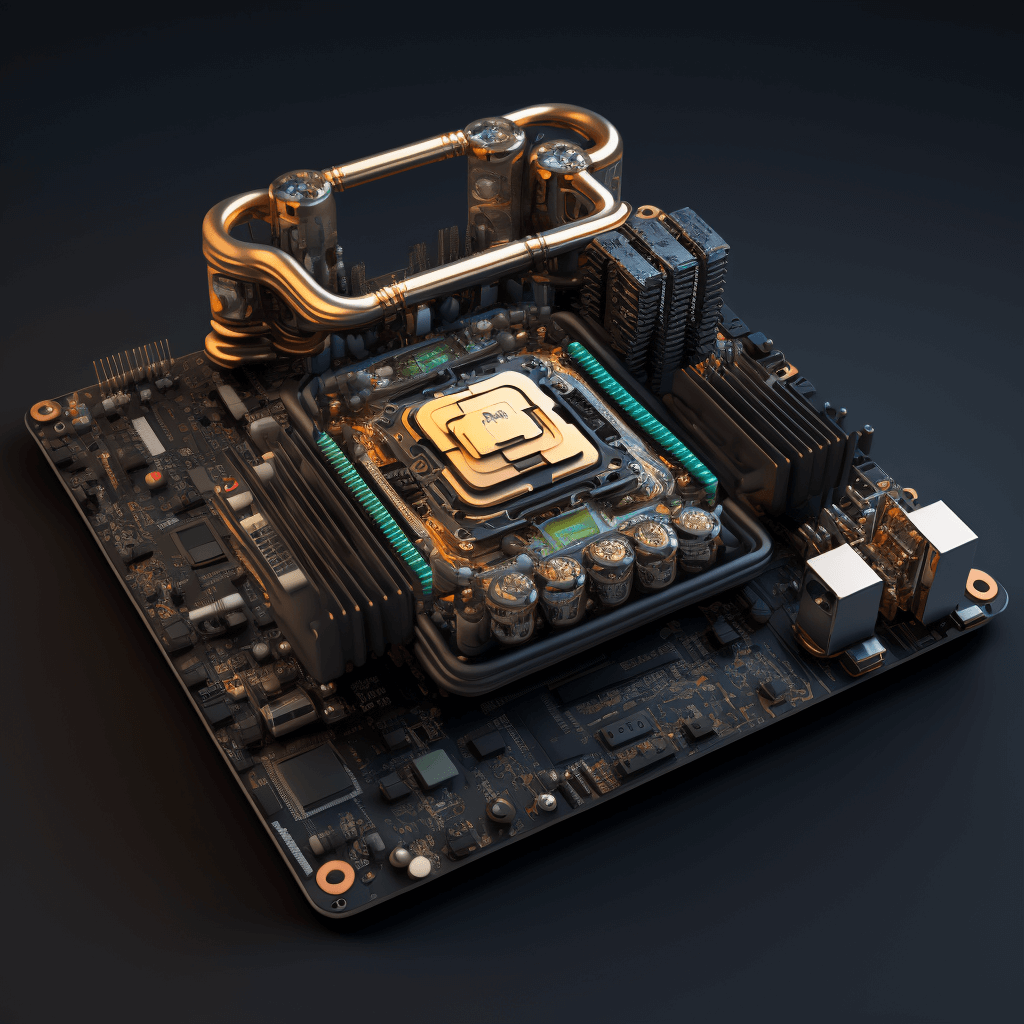
Why is it important to choose the best Motherboard for 3D modeling and rendering?
As the name indicates, the Motherboard is essential for 3D rendering and modeling. One section links everything onto one hardware piece. Thanks to the motherboard and attached power supply, computer components such as the hard disk and the memory were all supplied with power. Although motherboards do not affect overall rendering performance, you must ensure they have all the required functionality. For optimal performance and smooth navigation, it is essential to evaluate these attributes.
GPU vs. CPU rendering
As discussed above, several significant differences between CPU / graphics processing must consistently be recognized when buying a new machine. Most software with 3D rendering capabilities uses a CPU rendering engine. Recently, graphics rendering engines have overtaken CPU rendering engines, including FurryBall, Redshift, VRAY, RT, and Octane. The GPU rendering engines are uncanny at making a fast graphical display possible while providing an interactive preview of the final rendering.
3D modeling
Contrary to rendering, 3D modeling involves diligent work. You sit at your laptop to see the 3D software of your choosing. Active use of hardware on different levels. Model cars. The car comprises a polygon whose modifiers and deformers are applied.
Your computer will have heavy calculations involved in processing all these data, but if it's a single CPU core, then these calculations will be done mainly by it. Tell me the reason. Scenes are shaped by order of importance.
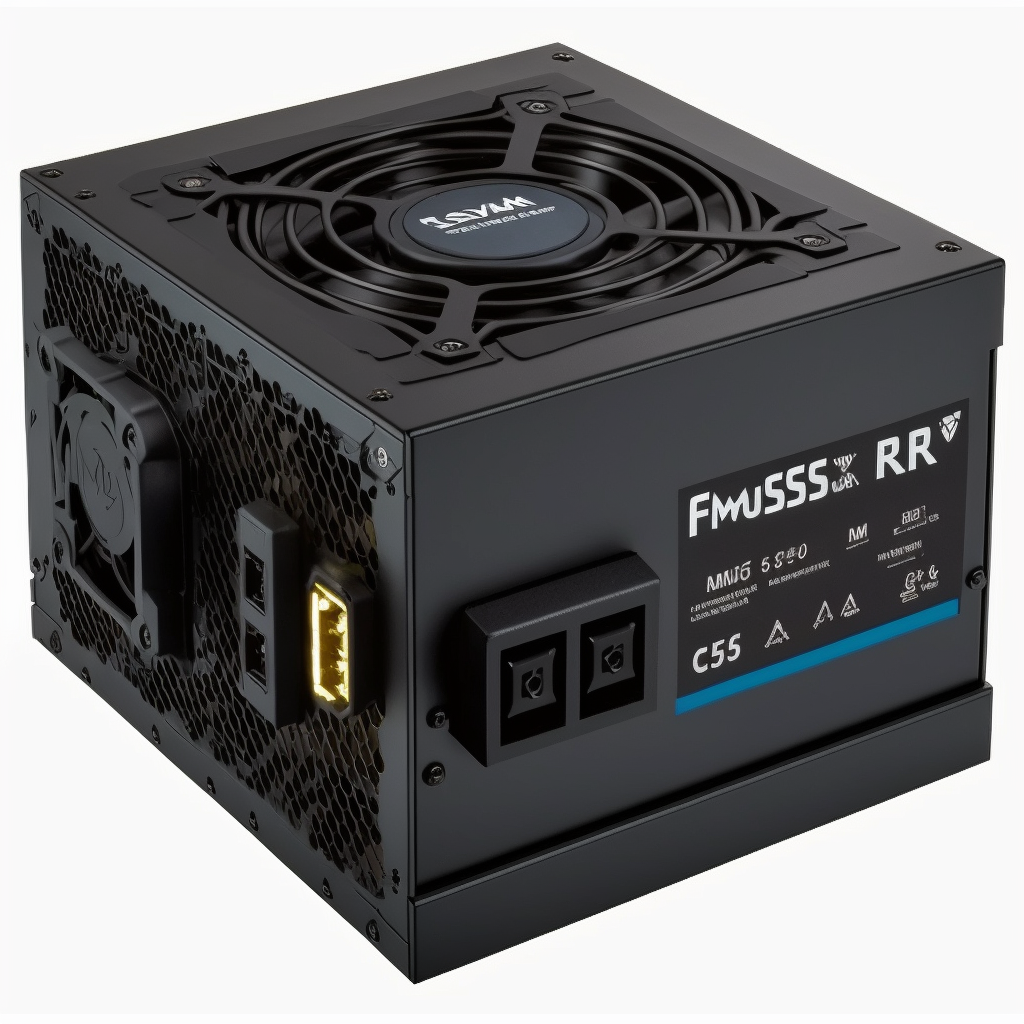
Turbo-Boost (TurboCore)
Turbo boost is a feature that overclocks CPUs when the temperature and power limit has been reached. Depending upon the quality and cooling temperature, the increased time may vary. Say you model and use just one to two CPUs while the rest of the CPU cores remain idle.
Turbo boost overclocks the 1-2 cores according to the manufacturer's specifications. When they're reached, Turbo-Boost resets both substances. The core is overclockable with available cooling and power headspace.
Tell me the best RAM for 3D modeling and rendering.
The storage capacity in a computer can hold a lot of essential data and allows you to accomplish many tasks simultaneously, thus speeding up your process. However, the RAM speed is typically overlooked in 3D models because of poor performance.
Sometimes the DDR4-3000 RAM is not worth replacing. Choosing one that suits your application is recommended despite the many brands available. It's best if the 3D artist's RAM has a maximum of 32MB storage.
Best GPU for Viewport Performance
Sometimes the processor can be an obstacle to the fast viewport performance of the screen. The graphic cards are similar in viewport performance, and the GPU must wait until the processor finishes its work before starting work. GPUs compute faster in 3D applications compared to CPUs in updating deformities. It is imperative to use the RTX 3090 if you mainly use Reflection Antialiasing In viewport SSAO AO for quick viewports.
Opt for Intel's i9 12900K for Active Work
Regarding processing power, Intel has a 12900K Core i9 CPU. The CPU has eight cores, a 5.3GHz turbocharger, 5.0, and 3.3GHz. The Ryzen 9 5900 X is available from AMD with reasonable price tags. It contains 12 seats and is a superb tool for multicore rendering, painting sculpture, and texturing 3D models, aside from Xeon Ryzen 9 5900X AMD Ryzen 7 5800X. The Intel i7 900K also provides optimum flexibility for work.
Build your computer!
Is there an ideal computer that can 3D model or renders in 3D? I enjoy using my laptop to create models, renderings, and many more uses. It will probably be worth the effort if you're already building an old computer. How to make our computers? Building your computer teaches you the essential workings of the hardware components and allows you to update parts as needed. And what's good about all these things?
Why does rendering take so long?
This depends on the program, the configuration options, and the device. It renders simple scenes such as houses in fields beside trees, with the sun shining through them. Your computer determines (or repeatedly estimates) how much-reflected light is being bounced off the axis in each pixel. (There are probably a hundred polygons on even the most straightforward and less realistic tree) In addition, the reflected light varies according to the simulation object's surface, color and texture.
Why is GPU rendering better than CPU rendering?
While CPU rendering has good accuracy and reliability, it's slow compared to GPU-accelerated rendering. For a practical example, I used Blender a few months before making the Animation shown below (not a very complex scene). The 11-sec, 480p 60 - 240-pixel Animation is used in my YouTube videos from 2017-2018. Rendering this Animation in CPU rendering took around 20 hours (with Intel's 6600-k). Rendering that same 660 frames in GPU render took less than 4 hours.
Which graphics card should I buy for GPU rendering? Why not an AMD card?
How much can NVIDIA, the ATI GTX 7600, and Nvidia's pixel density be compared? Tell me the reason. Well, NVIDIA has expanded its GPU computing capability in detail in section 2 above. However, due to the change, the NVIDIA GPU is the most widely supported and the best performance option in GPU rendering. Please check AMD's software. AMD cards work very smoothly.
How can I speed up my rendering?
If you're worried about rendering taking longer than reading FAQ 1, you should return to basics to check out your options. Do GPUs work well? Can an application automatically adjust tile size? Is post-processing something I should not have done? Test every opportunity on your application and then make a final selection. Different software reacts very differently when various decisions are made.
Best computer for 3D modeling and rendering, AMD, at roughly 900$
Build Note: It is much cheaper to build if you use a CPU cooler with your machine. It is possible to upgrade the CPU to 3500 or 3300X to save more or to downgrade the NVMe storage on the standard SATA drive like the Samsung 807qVO. Alternatively, you may upgrade your CPU by buying a Xeon 3700X CPU. A 256-bit CPU is likely to increase GPU performance.
CPU vs. GPU rendering
Rendering images and animations can be achieved through two primary tools for generating software: CPU & CPU rendering. Are there any graphics processors on your system? CPU rendering uses CPU, and GPU rendering utilizes graphics cards. It is essential to be familiar with some differences between GPU and CPU rendering when you decide on the computer you need for 3D modeling.
Best individual hardware parts for 3D modeling and rendering: Explained
It is essential to pick the correct hardware component for 3D modeling and rendering. Increasing hardware and software choices will cause some to fear breaking into the industry in the next few years. This section takes you through some critical components of your rendering process. When choosing the best hardware, the results depend greatly on the software.
A note on Ram Kits
When purchasing RAM, always buy one RAM package with a single RAM unit. It makes good sense of pretested module functionality and works very well together. Among other factors a RAM system is different is its ability to build it on different production units based on additional silicon. For optimal results, a thorough test of RAM is always recommended.
Excellent power supply for 3D modeling and rendering
It is always advisable to choose an electrical power source with enough power when choosing an electrical power source. An average build with a minimum of 400-500 watts is recommended, with a maximum of 200 watts for each additional GPU installed. Some excellent PSU manufacturers are Quiet Seasonic and EVGA.
Our Top Picks
The Best 3D modeler computer Cyber PowerPC Supreme 01 The best high-end 3D modeler for OMEN Obelisk PC 05 Quiet and suitable for multitasking Cyber power computer. Big names like Sony and Samsung will start extending their holidays earlier, and many others to come later in the season.
Building a computer for 3D rendering
Developing a PC capable of rendering 3D objects can increase graphic speed. Always remember that a 3D rendering PC can have faster loading times without breaking the bank.
Things to consider
Our quick summary of our favorite five 3D models, but we're sure the answers are not as short. Before we describe our recommendations, we'll address some common issues.
3D modeling is a costly process that is incredibly frustrating when you have a PC. Most popular applications require quite some power to run, and the computers will get even more fatigue from the heavy projects that will follow.
Because 3D models need a high CPU speed, the processors are the most valuable parts of any project. Although most people believe in this, you should not aim for a particular thing that has a big core. Ensure the CPU is equipped with a speedy processor that can be overclocked. The second aspect of the computer is the graphics card.
What budget should I aim for?
We know that a computer budget should always be a big priority for you. We also included a budget choice when we compiled this list, and it's not a big deal. The computers for 3D modeling may not be the most reliable, but they are not necessarily expensive.
Only discerning you will be able to determine all your needs but to guide your decision, we created budget guides that are easy to follow. Find out where you want to go. Although some more expensive models are over $300, don't feel you can't get good results from budget construction.
Best individual hardware parts for 3D modeling and rendering explained.
All right! Tell me the computer parts that will make your project's most suitable 3D models and renderer.
Best Processor (CPU) for 3D Modeling and Rendering
It is necessary to choose based on your computer use. Are you most likely using this software for model making, sculpting, light, and Animation? Are they more beneficial to the user? You need a CPU with the highest clock speeds! The ideal CPU is the Cinebench Single-Core Benchmark, which provides an excellent benchmark to determine which CPU is snappiest. It's a great choice: Check this page to find the models for Cinebench R23 and sort the table in the column called "Cinebench single" to see the CPU you want to use to achieve maximum performance while using a work machine.
Best Graphics Card (GPU) for 3D modeling and rendering
The GPU rendering system is increasingly popular and will soon surpass CPU rendering. The most popular modern graphics rendering engine is Octane Redshift VRAYRT or Cyclo. The first three are exclusively supported by NVidia GPUs, whereas AMD GPUs also support the third.
I prefer GPUs that use whichever popular rendering engine you use (CUDA support). Here are some NVIDIA GPUs that, in terms of performance, give you excellent GPU rendering speeds: The lists on the NVIDIA list could be endless. The larger the number, the faster the price becomes.
How much RAM do you need for 3D modeling and rendering?
It can be difficult for a PC to decide what kind of RAM or storage is used depending on the workload it requires. When creating models of huge polygon counts, the CPU needs more storage than when doing 3D modeling.
It's recommended 32GB for many 3D artists. Depending on how well the mesh is created, you can probably use up to 32GB RAM to work with large textures. 16GB of RAM will be enough for most 3D enthusiasts, but the average person will outgrow that quickly. If you want to maximize hardware, the speed of RAM clocks and clocks are the rules.
Best storage for 3D modeling and rendering
Speed of storage is critical for many reasons. The auto-save feature is highly recommendable and helps save images on a fast disk. A surprisingly fast disk does not affect performance after loading scenes into RAM. I recommend a SATA SSD like the Samsung 870QVO to run OS X. Consider the PCI NVMA M.2 PCI. If you need fast performance with no extra expense, you can use an SSD like Seagates Fire Cudas 530. For content development workload, I'm extremely recommending using NVMe's route.
Best Power Supply (PSU) for 3D Modeling and Rendering
While expensive PSUs will not improve efficiency, you'll be able to obtain more than enough output. Generally, a typical build will need 750-600 Watts plus 250 Watts for each GPU added. Corsair RMB850x PSU in PC Case - Photo Sources - Corsair. Corsair Seasonic, Quiet PSUs. This calculator will tell you exactly how much power a computer needs. A more attractive alternative is a modular PSU. Modular PSUs remove all cables and help free up the inside allowing airflow.
Best Motherboard for 3D modeling and rendering
Motherboards or Mainboards connect hardware components to your system's Hub. Images: Credit MSI. This is likely not to affect performance too much. However, you must ensure the device is equipped for future needs. This may sound not easy and perhaps too much to handle, especially for first-time PC builders. It has been made to give you a list of compatible laptops with different pricing levels to avoid finding everything out for yourself.
The best monitor for 3D modeling and rendering
The most visually demanding workload can require the use of IPS panels. Its IPS display is more transparent with a broader view angle. If you spend extended periods at the same time looking at the computer monitor, it will help to eliminate glare. It would help if you also got, at minimum, a Full HD 19201080 screen, which will fit perfectly in both viewports. If the video is more extensive, you could consider using more resolution displays such as 25601440 or 4 k (3840 - 2160).
Best case for 3D modeling and rendering
Your PC case can be another component affecting your model or rendering performance very slightly. You must ensure your laptop is large enough to have room for a motherboard. Building a case with adequate airflow will help you lower your temperature, especially during a prolonged workload. For a professional computer, you may want a minimalist case that minimizes noise and distracts you from your work.
Conclusion
In conclusion, the Z690 chipset provides up to 28 extra PCI layers and supports 16 PCI Express, allowing for up to four lanes of data storage with a total of four GB. As such, connecting an NVM SSD to an additional SSD via an external hard drive may pose problems, especially if the SSD has the capability to process large volumes of data at speeds of up to 2GB/s. With the right combination of components including AMD Ryzen 9550x, NVIDIA RTX 2060, Corsair Vengeance RGB Pro 32Ghz (2x16 Ghz) DDR4 RAM, Samsung 1060 Pro SSD, Dell 254 UHD Monitor and Be quiet! Straight Power 11 650W PSU, you can have a powerful computer for 3D modeling and rendering
Building a computer for 3D modeling and rendering requires careful selection of components to ensure that it meets your needs and performance expectations. However, by researching the best components on the market, you can have a powerful system at a reasonable price. In this article, we have explored some of the most important parts and components suitable for smooth and comprehensive interior design visuals. If you are looking to build a computer specifically for 3D modeling and rendering, don’t forget to share your experience in the comments below.
Zarender is a Tallinn-based team of 3D artists that provides professional 3D architectural visualization services worldwide. Located in Europe, we share a strong commitment to the highest European quality standards of architectural visualization and speedy delivery.

